Home>Gardening & Outdoor>Pool & Spa Care>How Long To Sit In Hot Tub For Sore Muscles
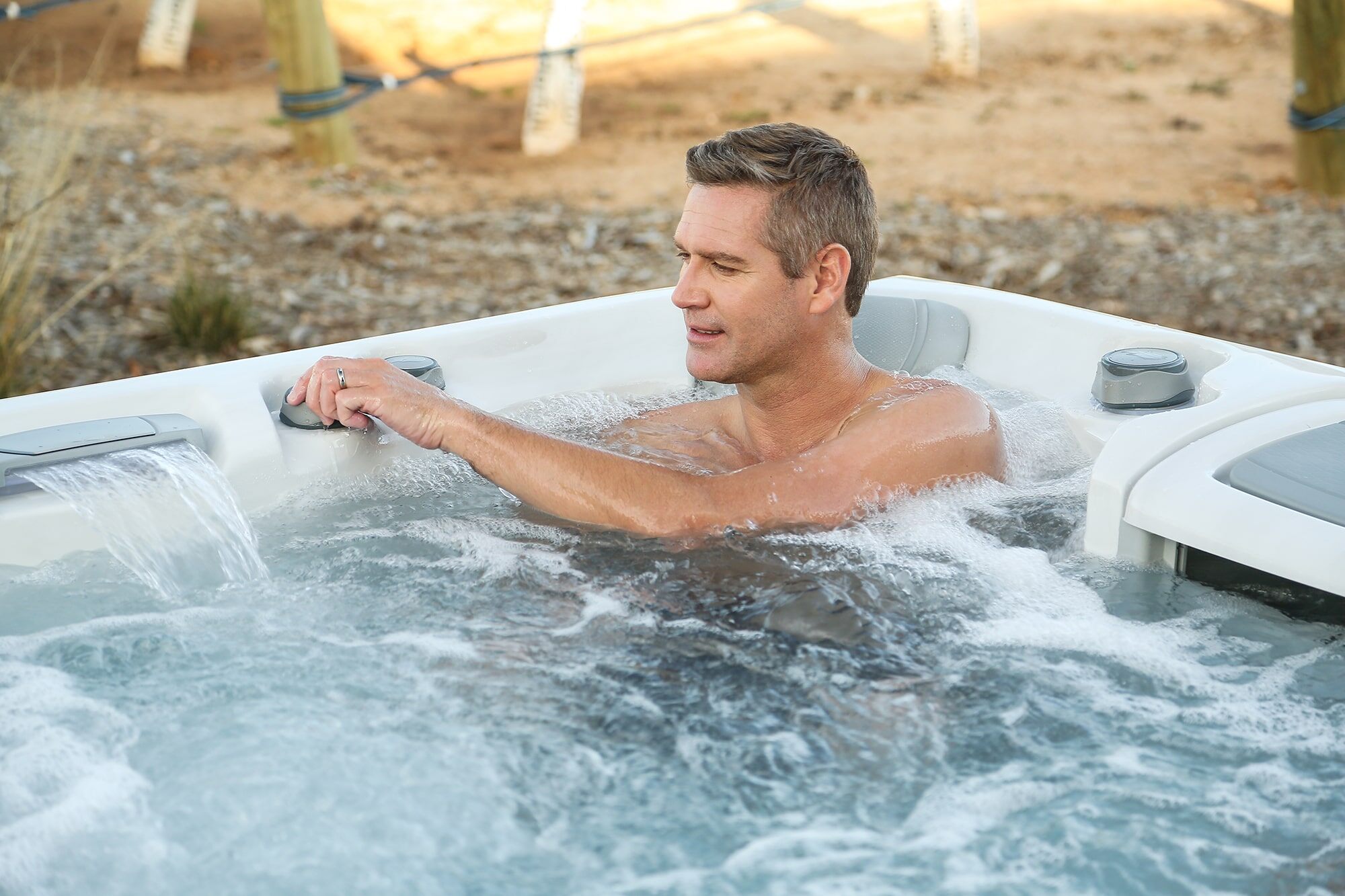

Pool & Spa Care
How Long To Sit In Hot Tub For Sore Muscles
Published: December 29, 2023
Relieve sore muscles with the perfect hot tub soak. Discover the ideal duration for maximum relaxation and recovery. Expert tips for pool and spa care.
(Many of the links in this article redirect to a specific reviewed product. Your purchase of these products through affiliate links helps to generate commission for Storables.com, at no extra cost. Learn more)
**
Introduction
**
Welcome to the soothing world of hot tubs! Whether you’re an athlete recovering from an intense workout, someone dealing with chronic pain, or simply seeking relaxation, hot tubs can work wonders for sore muscles. The warm, bubbling water provides a therapeutic environment that can help alleviate muscle tension, reduce soreness, and promote overall well-being. In this article, we’ll explore the optimal duration for soaking in a hot tub to effectively address sore muscles, along with the benefits, precautions, and post-soak care to maximize the experience.
So, if you’ve ever wondered how long you should spend in a hot tub to find relief for your aching muscles, you’re in the right place. Let’s dive into the rejuvenating world of hot tub therapy and discover the perfect soak time for soothing sore muscles.
Key Takeaways:
- Soak in a hot tub for 15-30 minutes to ease sore muscles, improve circulation, and reduce stress. Remember to stay hydrated and listen to your body’s signals for a safe and rejuvenating experience.
- Before and after hot tub sessions, hydrate, stretch, and rest to maximize muscle recovery. Pay attention to your body’s response and seek medical advice if needed for optimal care.
Read more: How Long Should You Sit In Hot Tub
Benefits of Hot Tub for Sore Muscles
Soaking in a hot tub offers a multitude of benefits for sore muscles, making it a popular choice for muscle recovery and relaxation. Here are some of the key advantages:
-
Improved Blood Circulation: The warm water and hydrotherapy jets in a hot tub can help enhance blood flow, which in turn promotes better circulation to the sore muscles. This increased circulation delivers vital nutrients and oxygen to the affected areas, aiding in the repair and recovery process.
-
Muscle Relaxation: The combination of heat and buoyancy in a hot tub can induce muscle relaxation, easing tension and reducing stiffness in sore muscles. The gentle massaging action of the water jets can also help alleviate muscle tightness, providing relief from discomfort.
-
Pain Relief: The warmth of the hot tub water can help soothe muscle aches and pains, offering temporary relief from discomfort. This can be particularly beneficial for individuals with conditions such as arthritis, fibromyalgia, or general muscle soreness.
-
Stress Reduction: Soaking in a hot tub can have a calming effect on both the body and mind. The combination of warm water, soothing jets, and a tranquil environment can help reduce stress and anxiety, contributing to overall relaxation and well-being.
-
Enhanced Flexibility: The heat from the hot tub can help improve flexibility by loosening tight muscles and increasing range of motion. This can be especially beneficial for individuals recovering from strenuous physical activities or those with mobility issues.
These benefits collectively make hot tub therapy a valuable resource for individuals seeking relief from sore muscles and overall physical rejuvenation.
Precautions Before Using Hot Tub
Before immersing yourself in the therapeutic warmth of a hot tub to alleviate sore muscles, it’s important to consider certain precautions to ensure a safe and enjoyable experience. Here are some essential measures to take before using a hot tub:
-
Consult a Healthcare Professional: If you have any underlying health conditions or concerns, it’s advisable to consult with a healthcare professional before using a hot tub, especially if you are pregnant, have cardiovascular issues, or are on medication that may be affected by heat or hydrotherapy.
-
Check the Water Temperature: Ensure that the hot tub water temperature is within the recommended range, typically between 100°F to 104°F (37.8°C to 40°C). Excessively high temperatures can lead to discomfort, dehydration, or even heat-related illnesses, while water that is too cool may not provide the desired therapeutic benefits.
-
Hydrate Before and After: It’s essential to hydrate yourself adequately before entering a hot tub, as the combination of heat and hydrotherapy can lead to increased perspiration and potential dehydration. Similarly, replenishing fluids after the soak is crucial to maintain proper hydration levels.
-
Limit Soak Time: While the warmth of the hot tub can be incredibly soothing, it’s important to avoid prolonged exposure, especially if you are new to hot tub therapy. Start with shorter sessions, typically around 15-20 minutes, and gradually increase the duration as your body acclimates to the heat and buoyancy.
-
Avoid Alcohol and Stimulants: Refrain from consuming alcohol or stimulants before or during your hot tub session, as they can amplify the effects of heat and may lead to dizziness, drowsiness, or other adverse reactions.
-
Shower Before Entering: To maintain water quality and hygiene, it’s recommended to take a quick shower before entering the hot tub to remove any oils, lotions, or contaminants from your skin. This helps in preserving the cleanliness of the water for a refreshing and hygienic soak.
By adhering to these precautions, you can ensure a safe and beneficial hot tub experience, minimizing the risk of potential discomfort or adverse effects.
Soaking in a hot tub for 15-20 minutes can help relieve sore muscles. Make sure the water temperature is between 92-100°F and avoid staying in for too long to prevent dehydration and overheating.
Ideal Time to Spend in Hot Tub for Sore Muscles
When it comes to reaping the benefits of hot tub therapy for sore muscles, the duration of your soak plays a crucial role in achieving optimal results. While the ideal time can vary based on individual preferences and tolerance to heat, there are general guidelines to consider for an effective and safe hot tub session for muscle relief:
-
Start with Short Sessions: For those new to hot tub therapy or individuals with low heat tolerance, beginning with shorter sessions of around 15 minutes is recommended. This allows the body to gradually acclimate to the warmth and buoyancy of the water without overexertion.
-
Gradually Increase Duration: As your body becomes accustomed to the hot tub environment, you can gradually extend the duration of your soak, aiming for a maximum of 30 minutes per session. This extended time frame allows for deeper muscle relaxation and enhanced therapeutic benefits.
-
Listen to Your Body: It’s essential to pay attention to your body’s signals during the hot tub session. If you start to feel lightheaded, overly fatigued, or uncomfortable, it’s advisable to exit the hot tub to prevent overheating or dehydration.
-
Alternate Soak and Rest Periods: To maximize the benefits for sore muscles, consider alternating between short periods of soaking and brief breaks outside the hot tub. This alternating cycle can help prevent overheating while allowing the muscles to experience the contrast between warmth and rest.
-
Stay Hydrated: Maintaining proper hydration levels is crucial during and after your hot tub session. Sipping water before, during, and after soaking helps counteract the potential effects of dehydration due to the heat and hydrotherapy.
By adhering to these guidelines and being mindful of your body’s responses, you can determine the ideal time to spend in a hot tub to effectively address sore muscles while ensuring a safe and rejuvenating experience.
Post-Hot Tub Care for Sore Muscles
After indulging in a soothing hot tub session to alleviate sore muscles, it’s essential to practice post-soak care to prolong the benefits and promote muscle recovery. Here are some post-hot tub care tips to enhance the experience:
-
Hydrate and Replenish: Following your hot tub session, it’s important to hydrate your body by drinking water to compensate for any fluids lost through perspiration. Replenishing your system with fluids helps maintain optimal hydration levels and supports muscle recovery.
-
Gentle Stretching: Engaging in gentle stretching exercises after your hot tub soak can further enhance muscle relaxation and flexibility. Focus on stretching the major muscle groups to promote circulation and alleviate any residual tension.
-
Cool-Down Period: To gradually transition from the warmth of the hot tub, consider allowing your body to cool down naturally before engaging in vigorous activities. This cooling-off period helps prevent abrupt temperature changes that may impact muscle recovery.
-
Moisturize Your Skin: The warm water of the hot tub can have a relaxing effect on the skin, but it may also lead to moisture loss. Applying a hydrating moisturizer after your soak can help replenish skin moisture and maintain its softness and elasticity.
-
Rest and Relaxation: After your hot tub session, allow yourself some time to rest and relax, especially if you’ve experienced muscle tension or soreness. Embracing moments of calmness and relaxation can complement the benefits of the hot tub therapy and support overall muscle recovery.
-
Monitor Your Body: Pay attention to how your muscles respond after the hot tub session. If you notice any persistent discomfort or unusual symptoms, it’s advisable to seek medical advice to ensure proper care and address any underlying concerns.
By incorporating these post-hot tub care practices into your routine, you can prolong the positive effects of the hot tub therapy, promote muscle recovery, and enhance the overall well-being of your body and mind.
Read more: Where To Go To Sit In A Hot Tub
Conclusion
Embarking on a hot tub therapy journey to alleviate sore muscles can be a rejuvenating and therapeutic experience. The warmth, buoyancy, and hydrotherapy benefits of hot tubs offer a holistic approach to muscle relaxation and recovery. By understanding the ideal duration for soaking in a hot tub, along with the associated benefits, precautions, and post-soak care, you can maximize the effectiveness of this form of hydrotherapy.
From improved blood circulation and muscle relaxation to stress reduction and enhanced flexibility, the benefits of hot tub therapy for sore muscles are diverse and impactful. However, it’s crucial to approach hot tub sessions with mindfulness and awareness, considering factors such as water temperature, hydration, and individual comfort levels.
By adhering to the recommended guidelines and incorporating post-hot tub care practices, you can elevate the benefits of hot tub therapy and promote a harmonious balance between physical relief and overall well-being. Whether you’re seeking muscle recovery after intense physical activity or simply unwinding from the stresses of daily life, the therapeutic embrace of a hot tub can offer a sanctuary for relaxation and rejuvenation.
So, the next time you step into the warm embrace of a hot tub to soothe your sore muscles, remember to listen to your body, stay hydrated, and embrace the tranquil moments of relaxation that this therapeutic oasis provides. With the right approach and care, your hot tub sessions can become a cherished ritual for nurturing your body and revitalizing your spirit.
Frequently Asked Questions about How Long To Sit In Hot Tub For Sore Muscles
Was this page helpful?
At Storables.com, we guarantee accurate and reliable information. Our content, validated by Expert Board Contributors, is crafted following stringent Editorial Policies. We're committed to providing you with well-researched, expert-backed insights for all your informational needs.
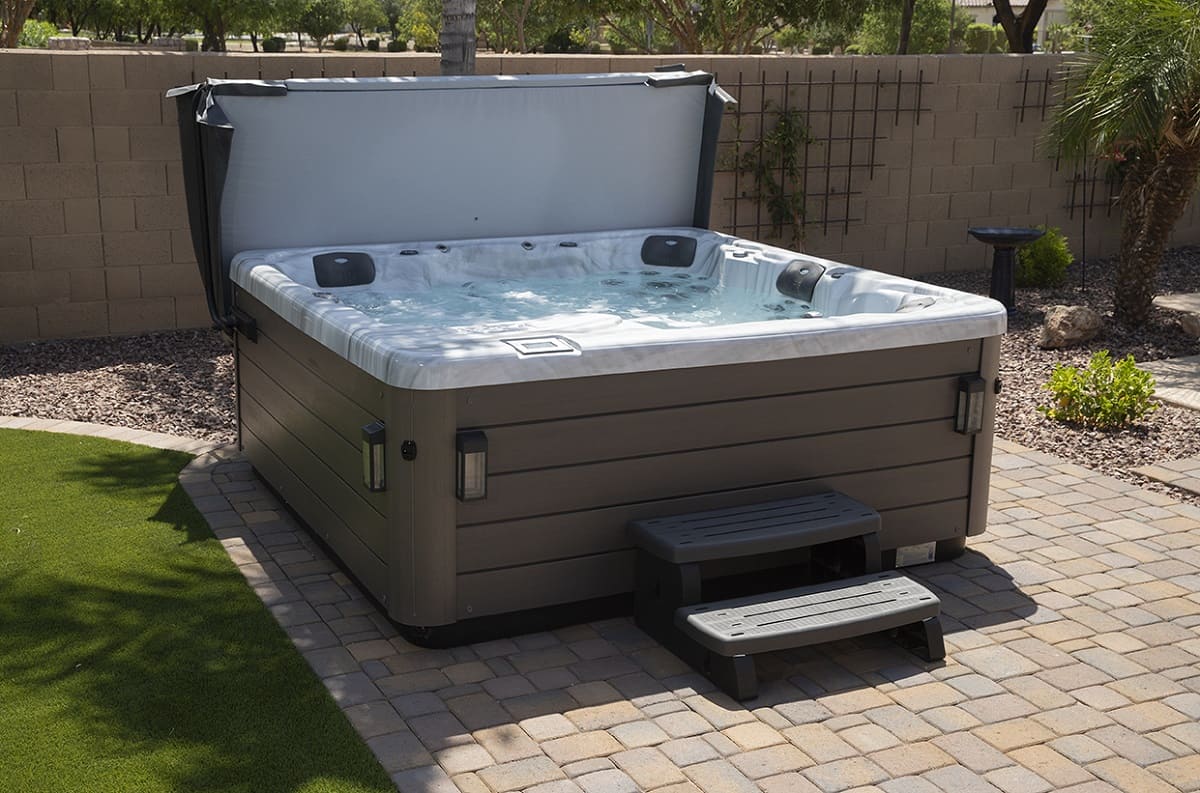
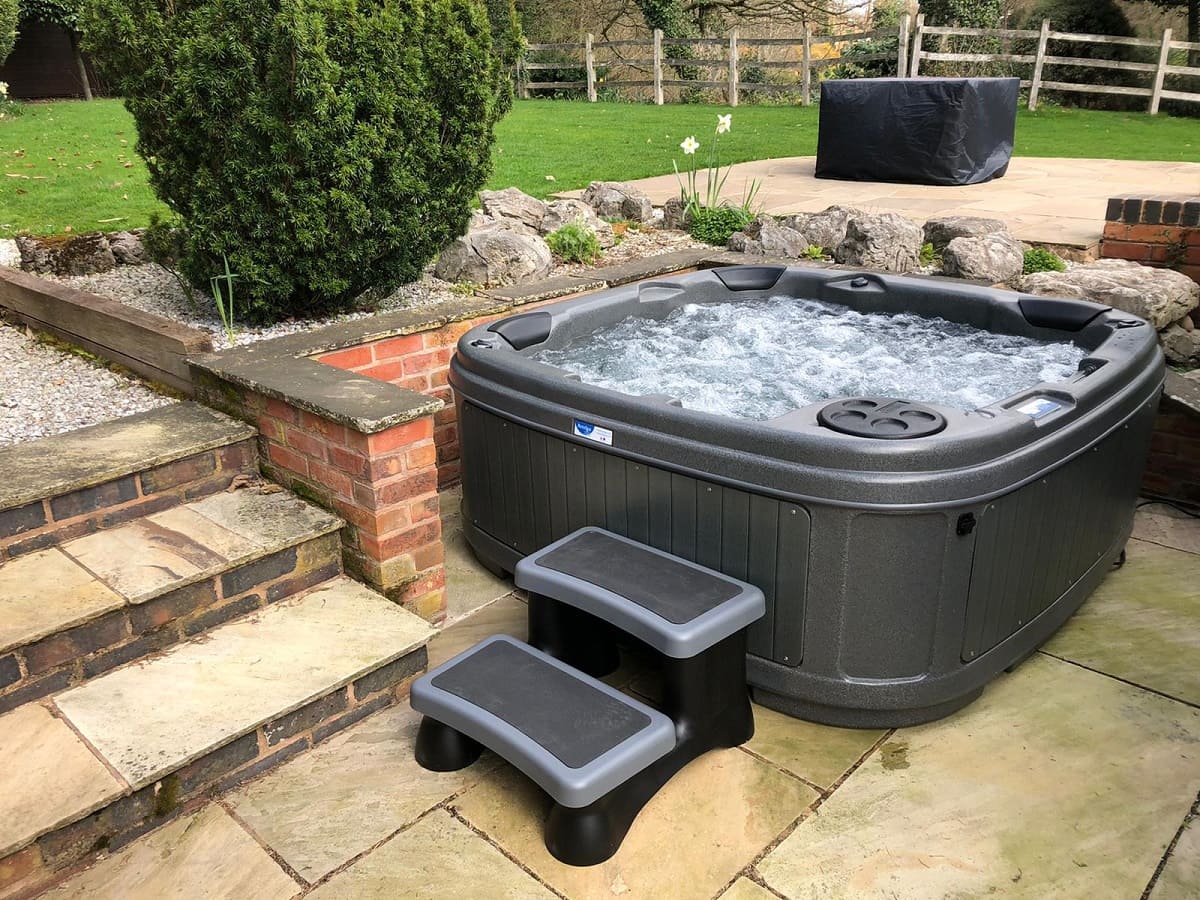
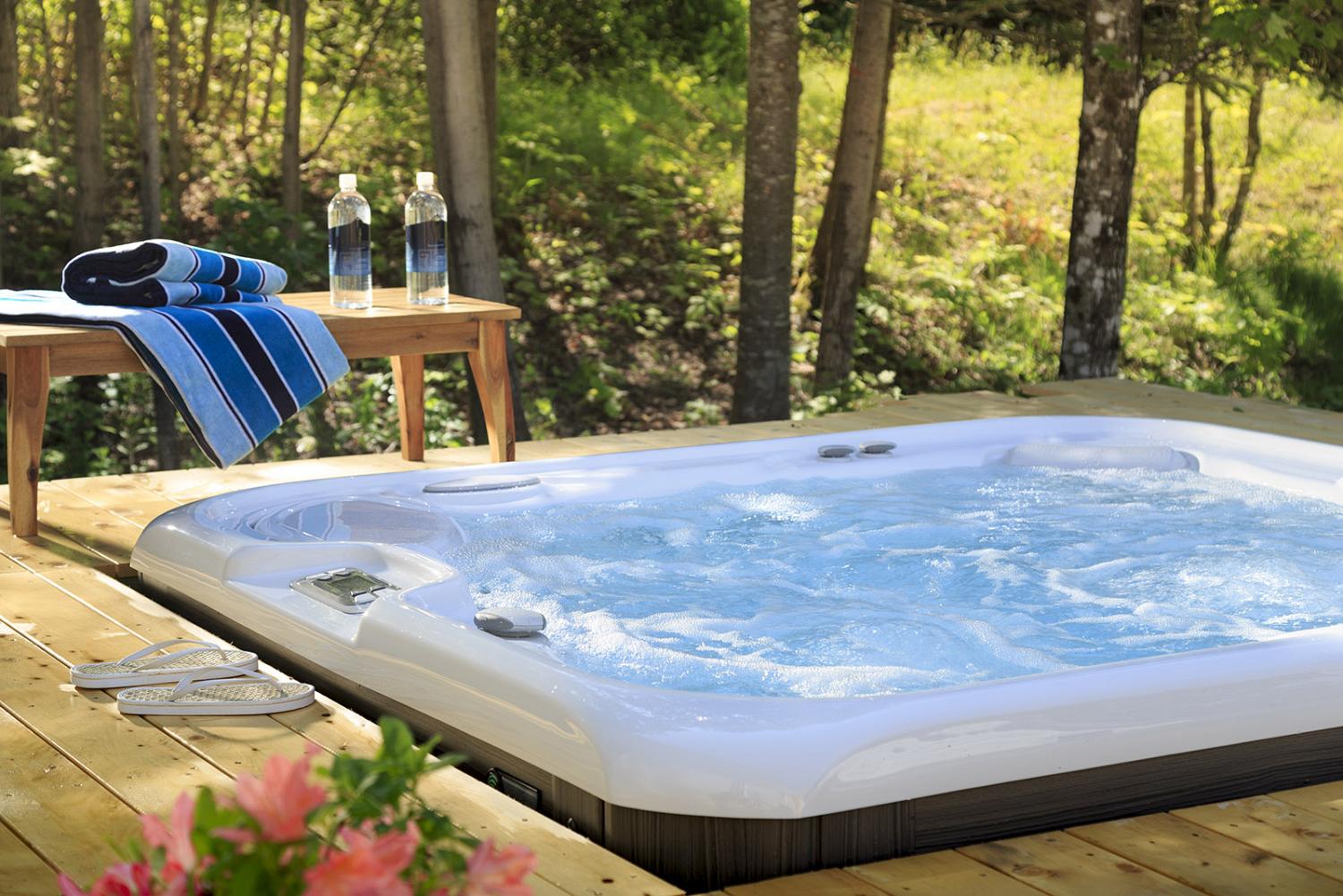
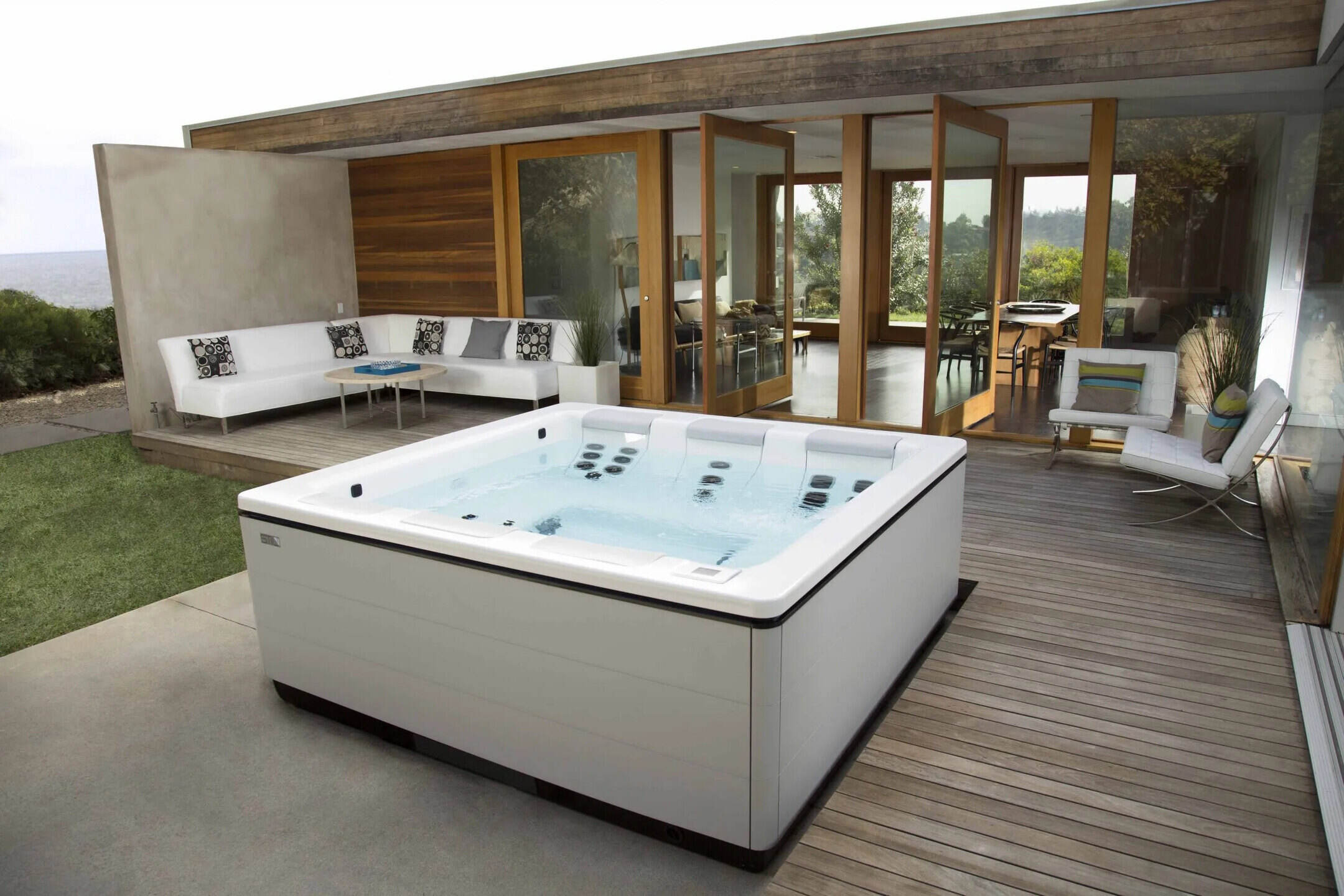
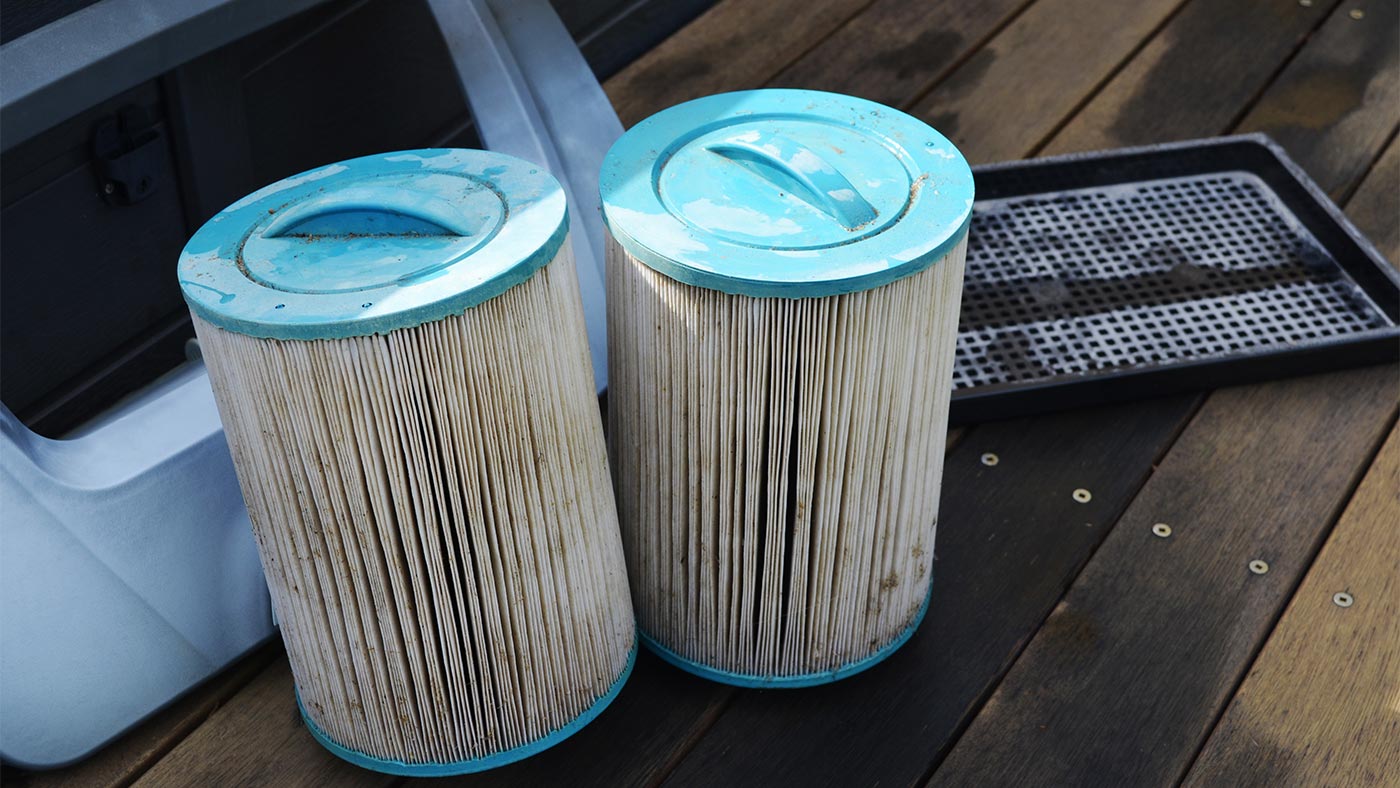
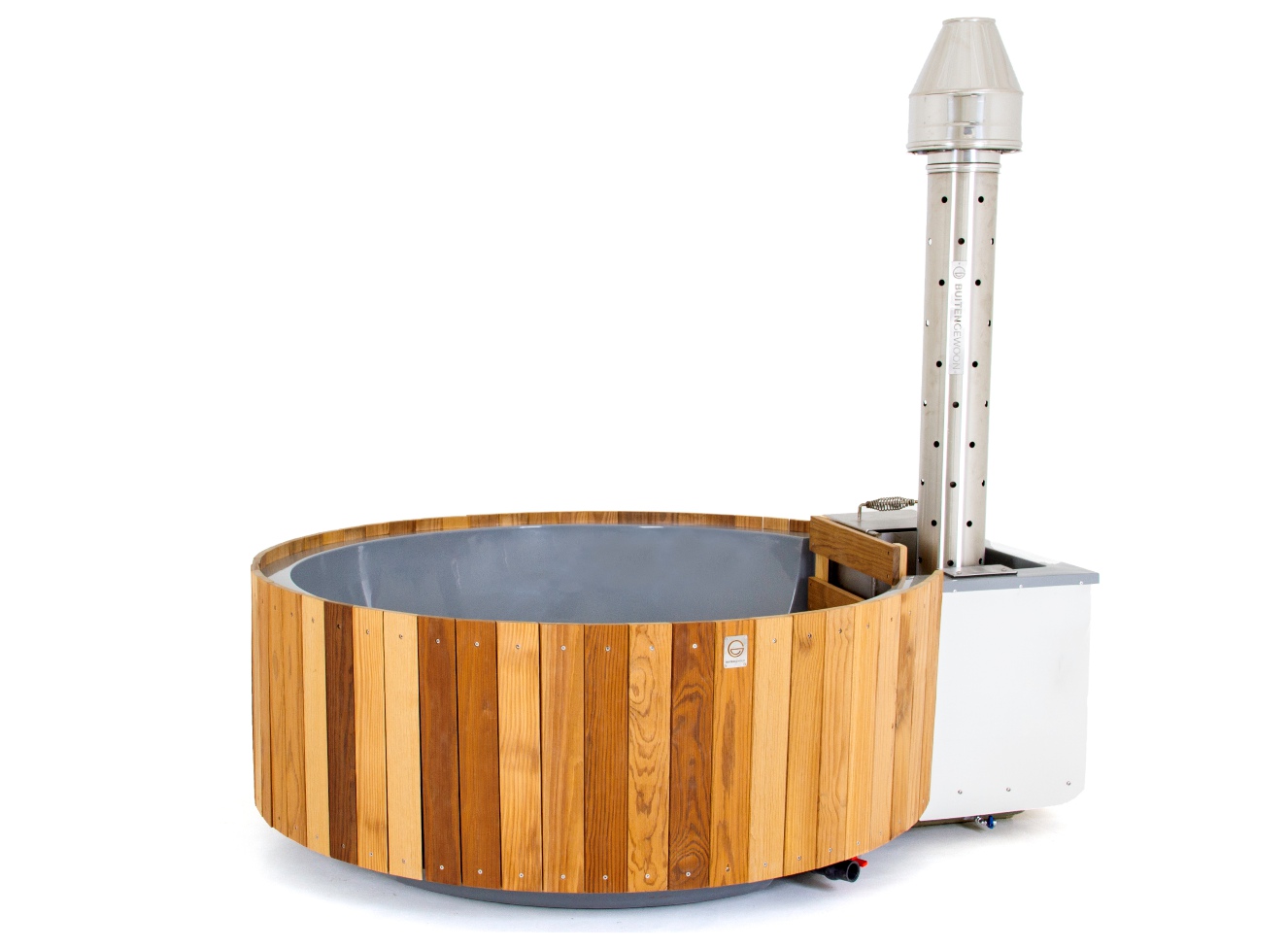
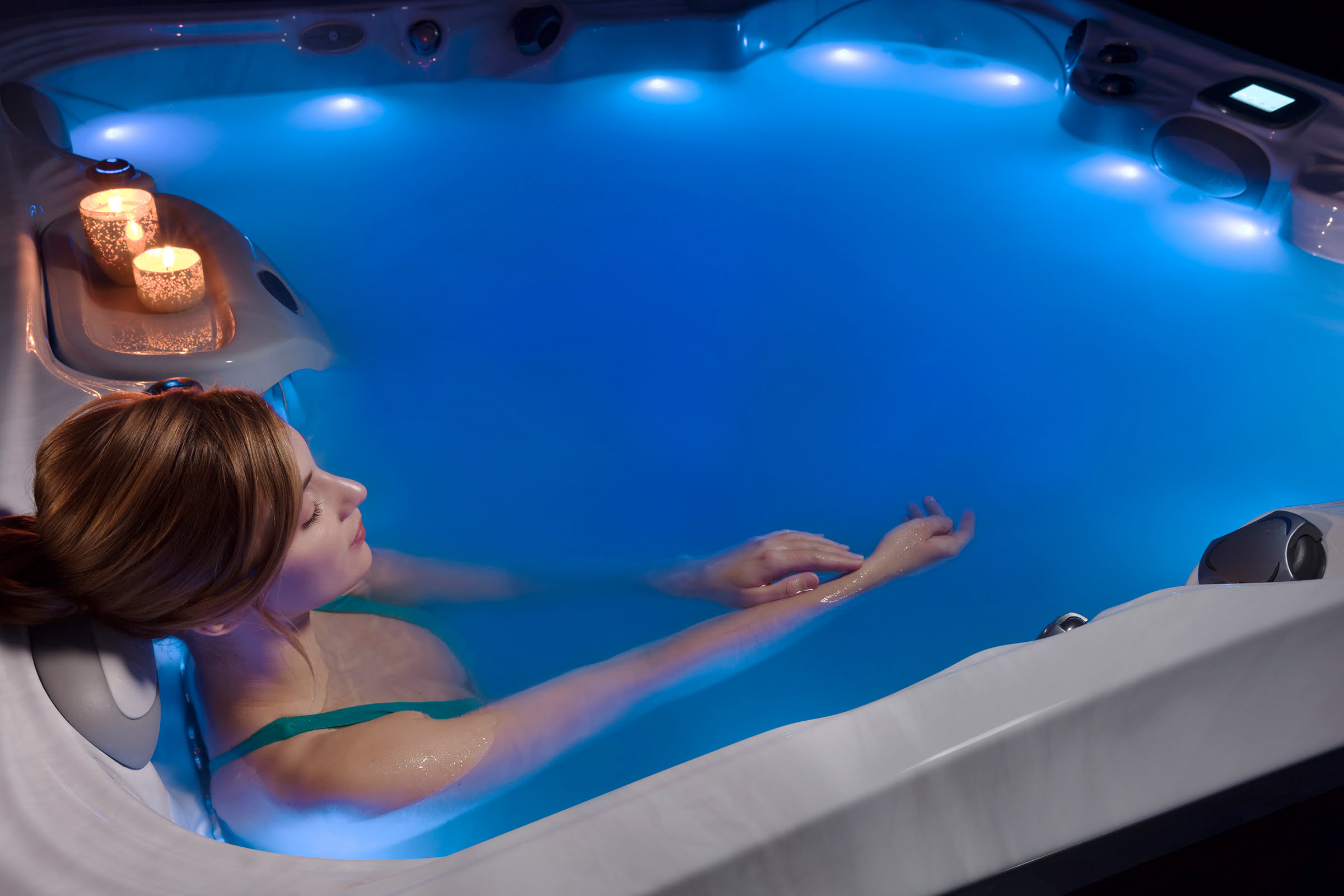

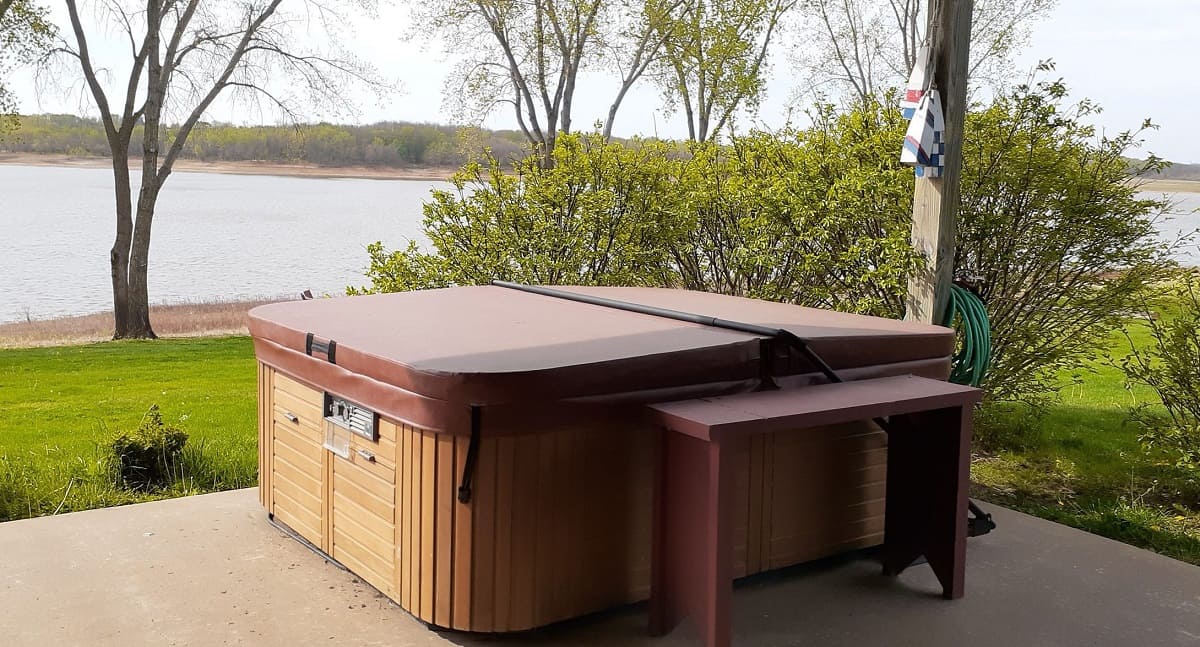
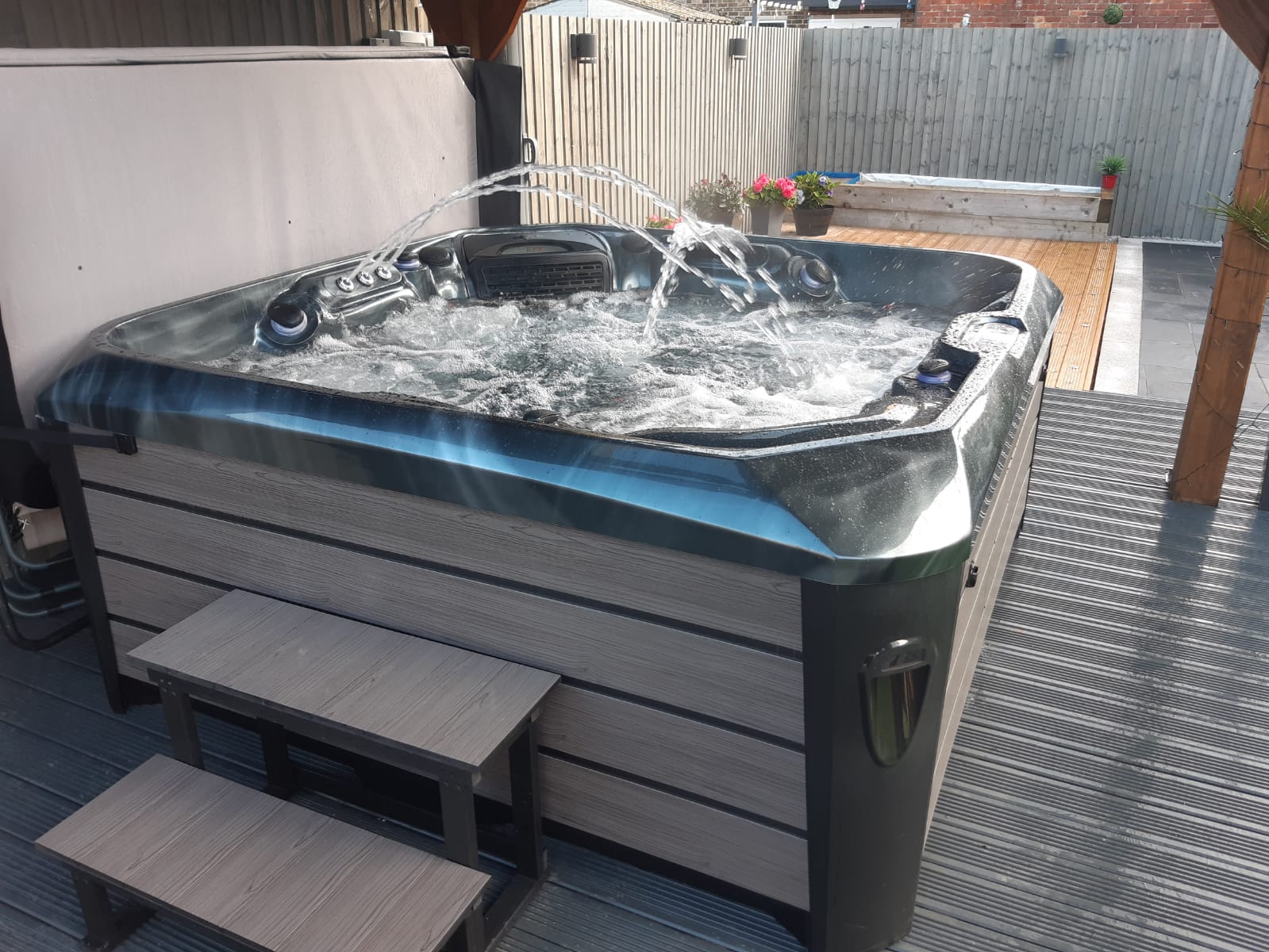
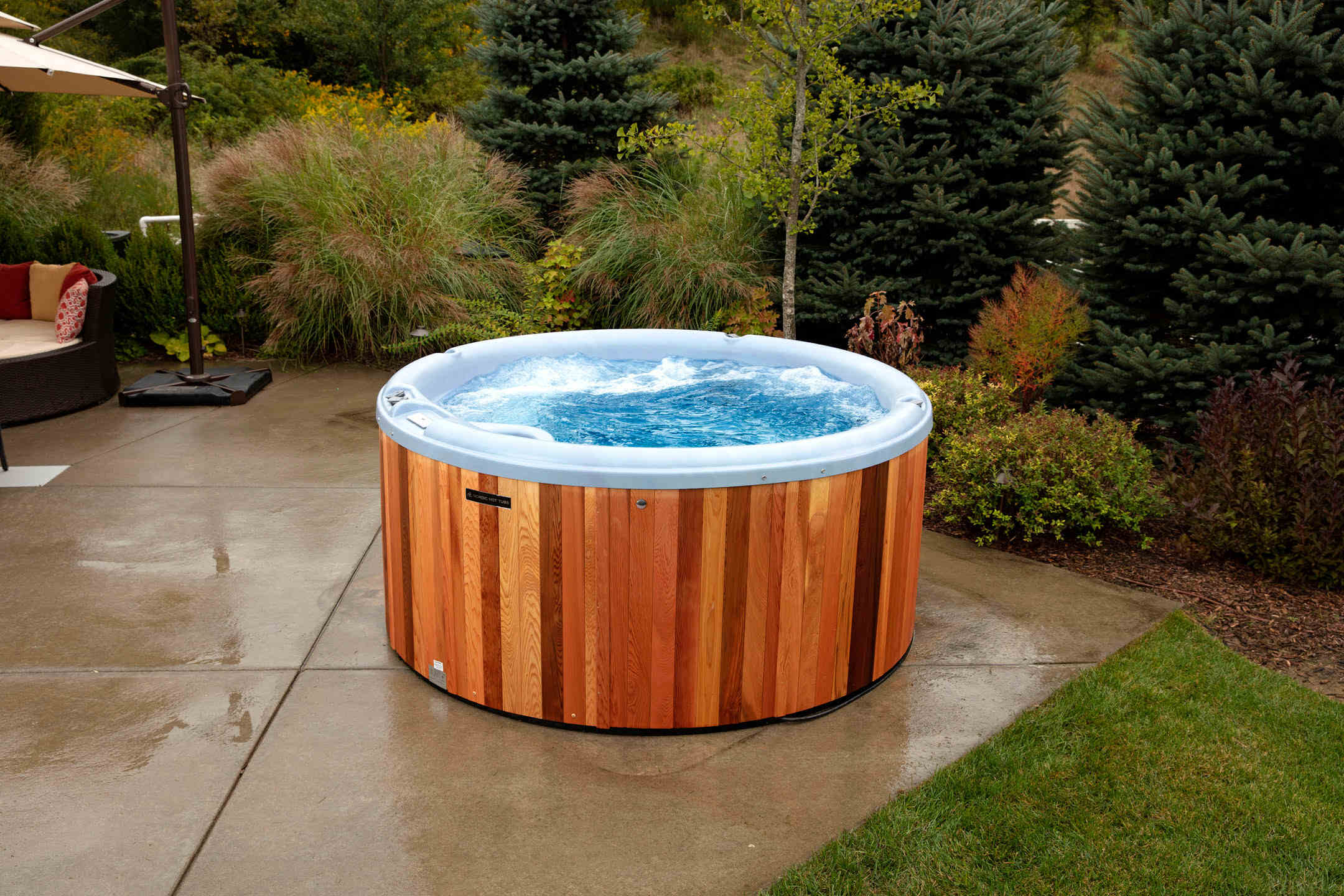
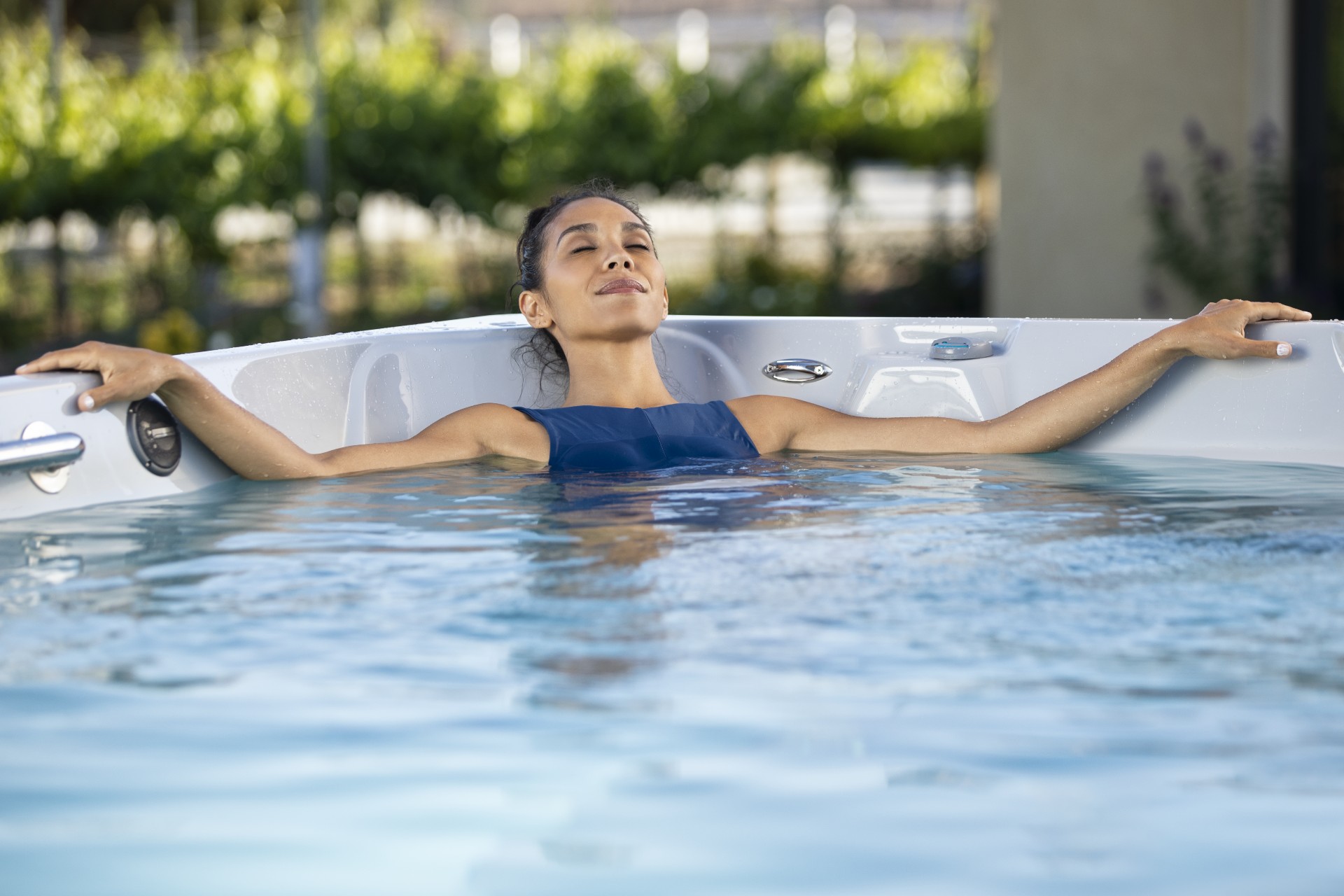
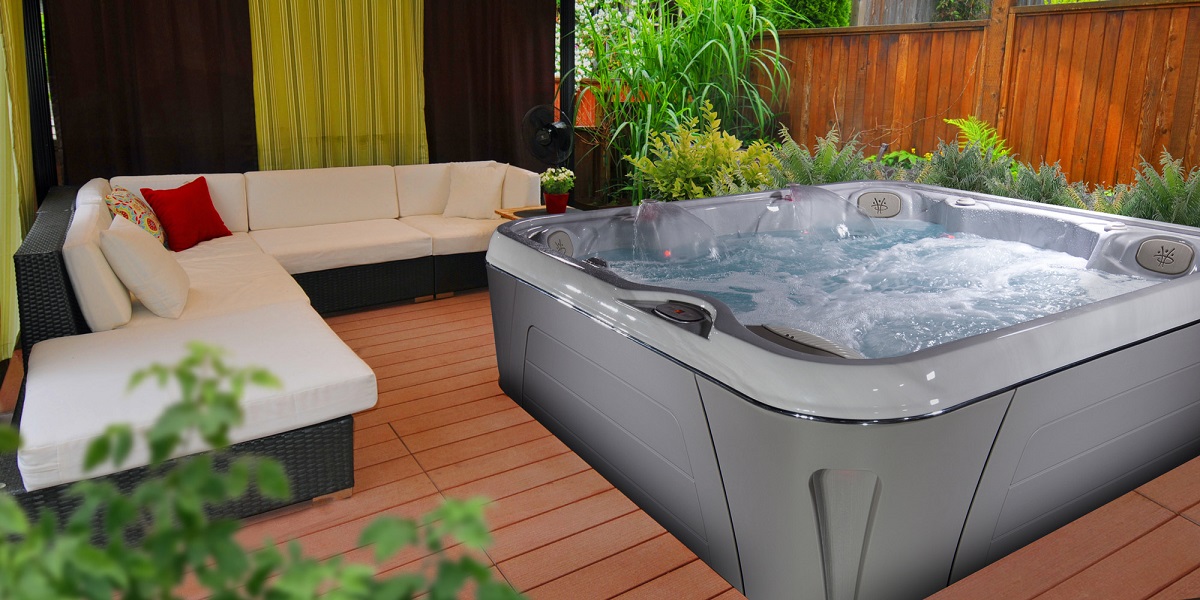
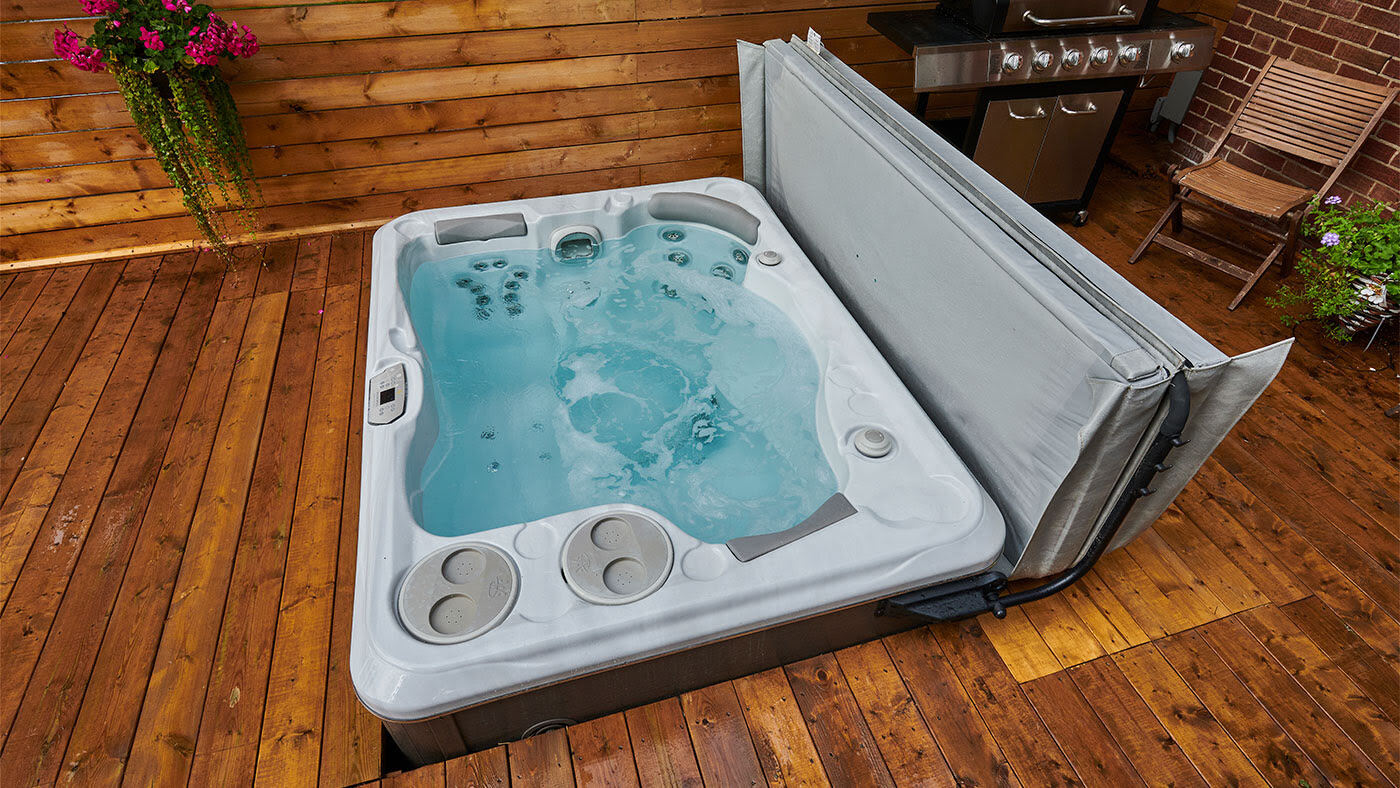

0 thoughts on “How Long To Sit In Hot Tub For Sore Muscles”